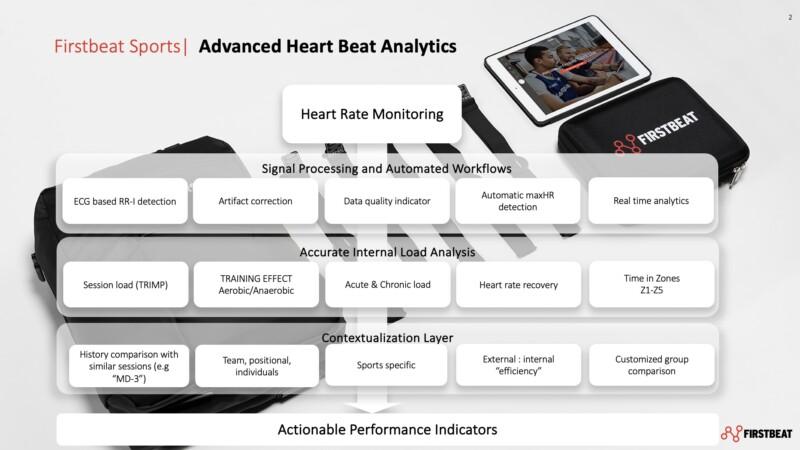
With the summer drawing to a close, now is a great time to ensure that you stay energized during the months ahead. Tiina Hoffman provides some tips on how…
This blog focuses on how to maintain a good level of energy as we head into the fall after the summer holidays (in many parts of the world anyway; I apologize to those Down Under, who are just heading towards spring and summer). Regardless of whether you had several weeks off in a stretch or a week here and there, the pace of life over the summer tends to be a bit slower. But now, it’s back to reality: kids are going back to school, hobbies and daily rhythms are becoming more regular and work is getting busier. We need to find the right tools to deal with it all.
Maybe you are bursting with energy after a restorative summer break, hoping to keep that feeling as long as possible. Perhaps you feel fairly recovered but wishing the holiday had been longer and are feeling a bit pensive about the fall’s workload. Maybe your summer simply wasn’t all that restorative, complicated by health or family challenges, ongoing pandemic regulations, too much to do, or slaving away at work while others had their holidays. Or perhaps the holiday was awesome, but you are still trying to recover from too many late nights and parties.
Build Healthy Strategies
Life – and holidays – don’t always go according to a perfect prescription, and it’s best not to have too many expectations of how you should feel at the start of a new fall. Instead, you can try to focus on building positive and healthy strategies and routines that help you maintain good physical and mental health and energy from day to day, even as the days start getting shorter, darker and colder. Holidays are great, and I wish everyone had a chance to take some annual holidays, but in the end, it’s the time outside of holidays that determines how you feel most of the time and how resilient you are.
Remote work adds a ‘new’ ingredient to the mix that we need to consider these days. It looks like it’s going to stay with us, which is a relief to some and source of stress for others. The strictest lockdown is over in most places, but remote work recommendations remain common, and to some degree, hybrid working has become a new normal that we need to adjust to. The challenge of finding a sustainable balance between workload and recovery – and learning to structure the workday so that you don’t end up drained at the end of every day – is quite similar whether you are working remotely or onsite, but the tools and solutions are very individual.

Get Enough Recovery
How, then, can you build those good strategies and make your days more manageable? How do you ensure you don’t feel rundown a few weeks after your holiday? How do you go from surviving (from one holiday to the next) to thriving and learn how to charge your battery on a daily and weekly basis? Here are a few suggestions – try experimenting a bit and discover what works for you!
Pick your battles and prioritize. It’s not possible to clear the to-do list or solve every problem every day. Don’t get involved in everything, and whether working onsite or remotely, have a clear cut-off point regarding when to turn off the computer and your work brain. The battles can continue the next day.
Have concrete strategies. Some days are going to be too busy, overwhelming, or even frustrating – that’s a fact of life in many jobs. But don’t let it become the norm! Have concrete strategies in your toolkit that you can reach for when starting to feel overwhelmed, such as:
- Take a coffee or tea break away from the desk
- Go for a short walk
- Breathe deeply for five minutes
- Take a lunch break
- Chat and share your feelings with a colleague (in person or online).
- If you tend to forget these things, schedule them in your calendar!
- Book focused time for key tasks, instead of constantly multitasking. Turn your emails and phone off when doing focused work.
Embrace the little pleasures in your daily life, instead of just daydreaming about the next vacation
- Take a moment just for you – to meditate, relax or listen to great music.
- Smile at the sun
- Admire the rainstorm from the comfort of your couch
- Listen to your kid giggle
- Snuggle with your spouse or pet.
- Read a good book, bake, or knit (a proven way to relax for many, but would cause me great stress; it’s all individual 😉) or work in your garden.
- Take a walk in the rain with a good friend or meet up for a cup of coffee – or arrange an online video call with a friend who lives far away.
And, as always, prioritize enough sleep as often as possible and integrate some form of physical activity into your days – they really are the foundation of energy and resilience.
By taking an honest look at your situation and identifying a few key principles (your ‘non-negotiables’) to keep in mind as you navigate your busy schedule during the upcoming weeks and months, you can maintain a good level of energy regardless of how charged up (or not) you feel right now. It’s the daily and weekly rhythm and routines that determine whether you can keep rocking year-round.
If you liked this article, you should subscribe to our newsletter.
You might also be interested in

What Features to Look for in Physiological Monitoring Tools?
Selecting the right physiological monitoring tool can significantly impact how athletes train, recover, and perform. An effective system goes beyond basic data tracking, offering insights that empower teams to make…

Beyond Team Heart Rate Monitoring: Train Smarter with Firstbeat
In today’s competitive sports landscape, simply tracking heart rate isn’t enough. Coaches need deeper insights to optimize training, manage injury risk, and maximize performance. Firstbeat Sports takes team heart rate…


